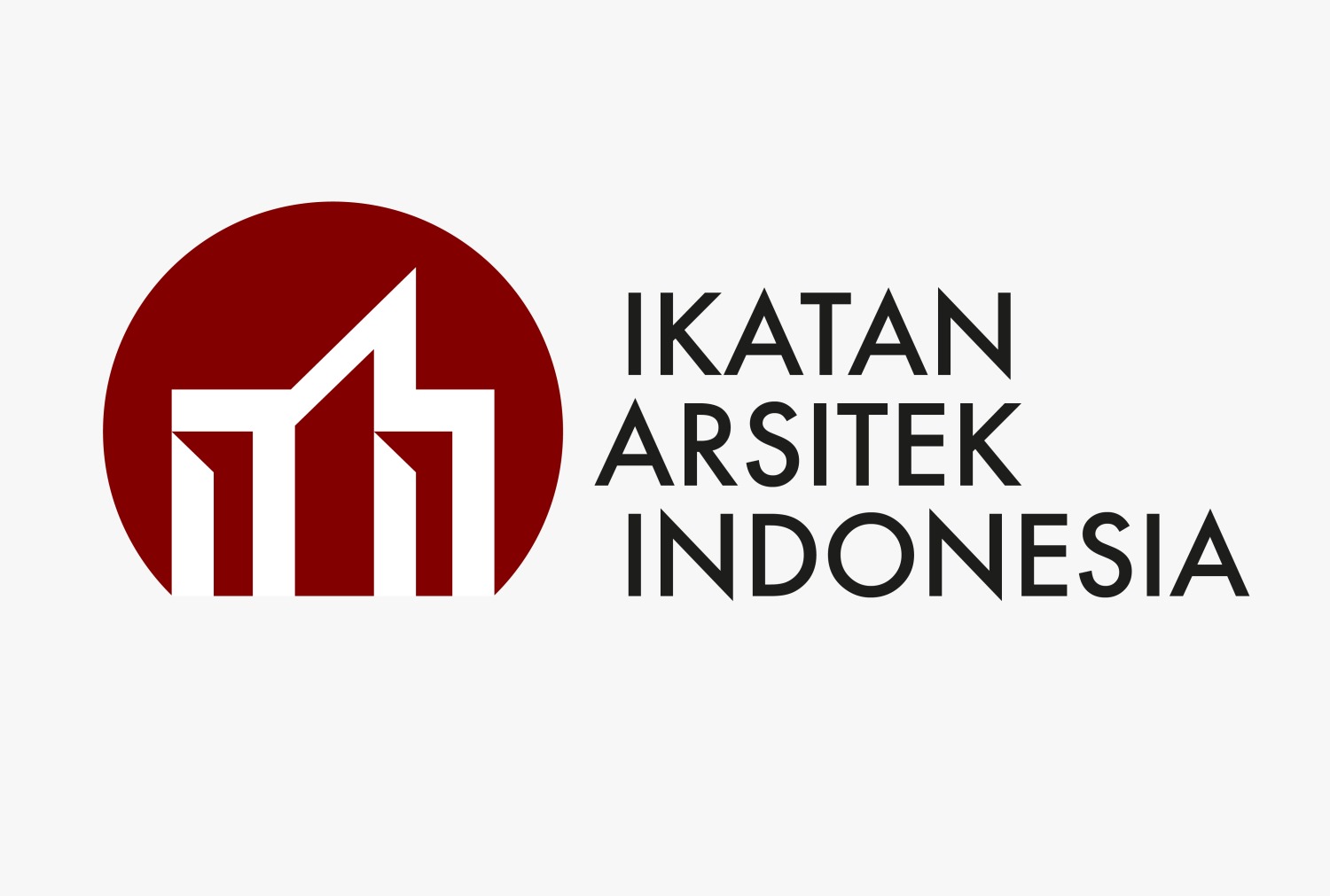Pengaruh Urban Geometri, Material, dan Vegetasi Terhadap Kenyamanan Termal Jalan Pangeran Diponegoro Yogyakarta Berbasis Simulasi
DOI:
https://doi.org/10.31101/juara.v5i1.2478Keywords:
Thermal comfort, urban geometry, materials, vegetation, and ENVI-met 3.1Abstract
Downloads
References
Abdollahzadeh, N., & Biloria, N. (2021). Outdoor thermal comfort: Analyzing the impact of urban configurations on the thermal performance of street canyons in the humid subtropical climate of Sydney. Frontiers of Architectural Research, 10(2), 394–409. https://doi.org/10.1016/j.foar.2020.11.006
Aboelata, A., & Sodoudi, S. (2019). Evaluating urban vegetation scenarios to mitigate urban heat island and reduce buildings’ energy in dense built-up areas in Cairo. Building and Environment, 166(March), 106407. https://doi.org/10.1016/j.buildenv.2019.106407
Acero, J. A., Ruefenacht, L. A., Koh, E. J. Y., Tan, Y. S., & Norford, L. K. (2022). Measuring and comparing thermal comfort in outdoor and semi-outdoor spaces in tropical Singapore. Urban Climate, 42(October 2021), 101122. https://doi.org/10.1016/j.uclim.2022.101122
Bourikas, L. (2018). Microclimate adapted localised weather data generation: implications for urban modelling and the energy consumption of buildings. September 2016.
Fawzi, N. I., & M, N. N. (2013). Kajian Urban Heat Island di Kota Yogyakarta - Hubungan antara Tutupan Lahan dan Suhu Permukaan. Simposium Nasional Sains Geoinformasi ~ III 2013: “Meningkatkan Kualitas Data Geospasial Melalui Analisis Citra Dan Pemodelan Spasial,†September 2013, 275–280.
Gaber, N., Ibrahim, A., B. Rashad, A., Wahba, E., El-Sayad, Z., & Bakr, A. F. (2020). Improving pedestrian micro-climate in urban canyons: City Center of Alexandria, Egypt. Urban Climate, 34(July), 100670. https://doi.org/10.1016/j.uclim.2020.100670
Husna, V. N., Fawzi, N. I., & Nur, I. A. (2018). Measuring and Mitigating Urban Heat Island in Yogyakarta City Using Remote Sensing. International Journal of Scientific and Technology Research, 7(7), 57–60.
Ismah, W., H, I. A. R., Ratna, P., Grandis, S., & Susilo, B. (2018). Kajian Urban Heat Island ( UHI ) di Kabupaten Sleman , Kota Yogyakarta , dan Kabupaten Bantul (Issue January).
Jandaghian, Z., & Akbari, H. (2021). Increasing urban albedo to reduce heat-related mortality in Toronto and Montreal, Canada. Energy and Buildings, 237, 110697. https://doi.org/10.1016/j.enbuild.2020.110697
Mohammad, P., Aghlmand, S., Fadaei, A., Gachkar, S., Gachkar, D., & Karimi, A. (2021). Evaluating the role of the albedo of material and vegetation scenarios along the urban street canyon for improving pedestrian thermal comfort outdoors. Urban Climate, 40(September), 100993. https://doi.org/10.1016/j.uclim.2021.100993
Morakinyo, T. E., Ouyang, W., Lau, K. K. L., Ren, C., & Ng, E. (2020). Right tree, right place (urban canyon): Tree species selection approach for optimum urban heat mitigation - development and evaluation. Science of the Total Environment, 719, 137461. https://doi.org/10.1016/j.scitotenv.2020.137461
Muniz-Gäal, L. P., Pezzuto, C. C., Carvalho, M. F. H. de, & Mota, L. T. M. (2020). Urban geometry and the microclimate of street canyons in tropical climate. Building and Environment, 169(July 2019). https://doi.org/10.1016/j.buildenv.2019.106547
Perini, K., & Magliocco, A. (2014). Effects of vegetation, urban density, building height, and atmospheric conditions on local temperatures and thermal comfort. Urban Forestry and Urban Greening, 13(3), 495–506. https://doi.org/10.1016/j.ufug.2014.03.003
Prayoga, S. E., & Kusumawanto, A. (2019). Thermal Comfort Simulation on Cik Ditiro Corridor. DIMENSI (Journal of Architecture and Built Environment), 46(1), 67–78. https://doi.org/10.9744/dimensi.46.1.67-78
Sejati, A. W., Buchori, I., & Rudiarto, I. (2019). The spatio-temporal trends of urban growth and surface urban heat islands over two decades in the Semarang Metropolitan Region. Sustainable Cities and Society, 46(January), 101432. https://doi.org/10.1016/j.scs.2019.101432
Stevanus, R. (2015). Penataan ’Enclosure Ruang Jalan Komersial Sesuai Kenyamanan Termal Bagi Pejalan Kaki Studi Kasus Jalan Raya Seturan (UPN-Babarsari). Universitas Gajah Mada.
Wichyani, S., Sasongko, S. B., & Izzati, M. (2014). Pulau Bahang Kota (Urban Heat Island) Di Kota Yogyakarta Dan Daerah Sekitarnya Hasil Interpretasi Citra Landsat Olitirs Tahun 2013. Jurnal Geografi : Media Informasi Pengembangan Dan Profesi Kegeografian, 11(2), 196–204. https://doi.org/10.15294/jg.v11i2.8027
Downloads
Published
How to Cite
Issue
Section
Citation Check
License
With the receipt of the article by the JUARA and the decision to be published, then the copyright regarding the article will be diverted to Journal of JUARA. Universitas 'Aisyiyah Yogyakarta as the publisher of Journal of JUARA hold the copyright regarding all the published articles in this journal.
Journal of Health Studies is licensed under a Creative Commons Attribution-ShareAlike 4.0 International License.




